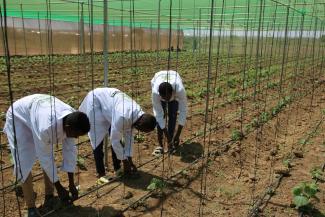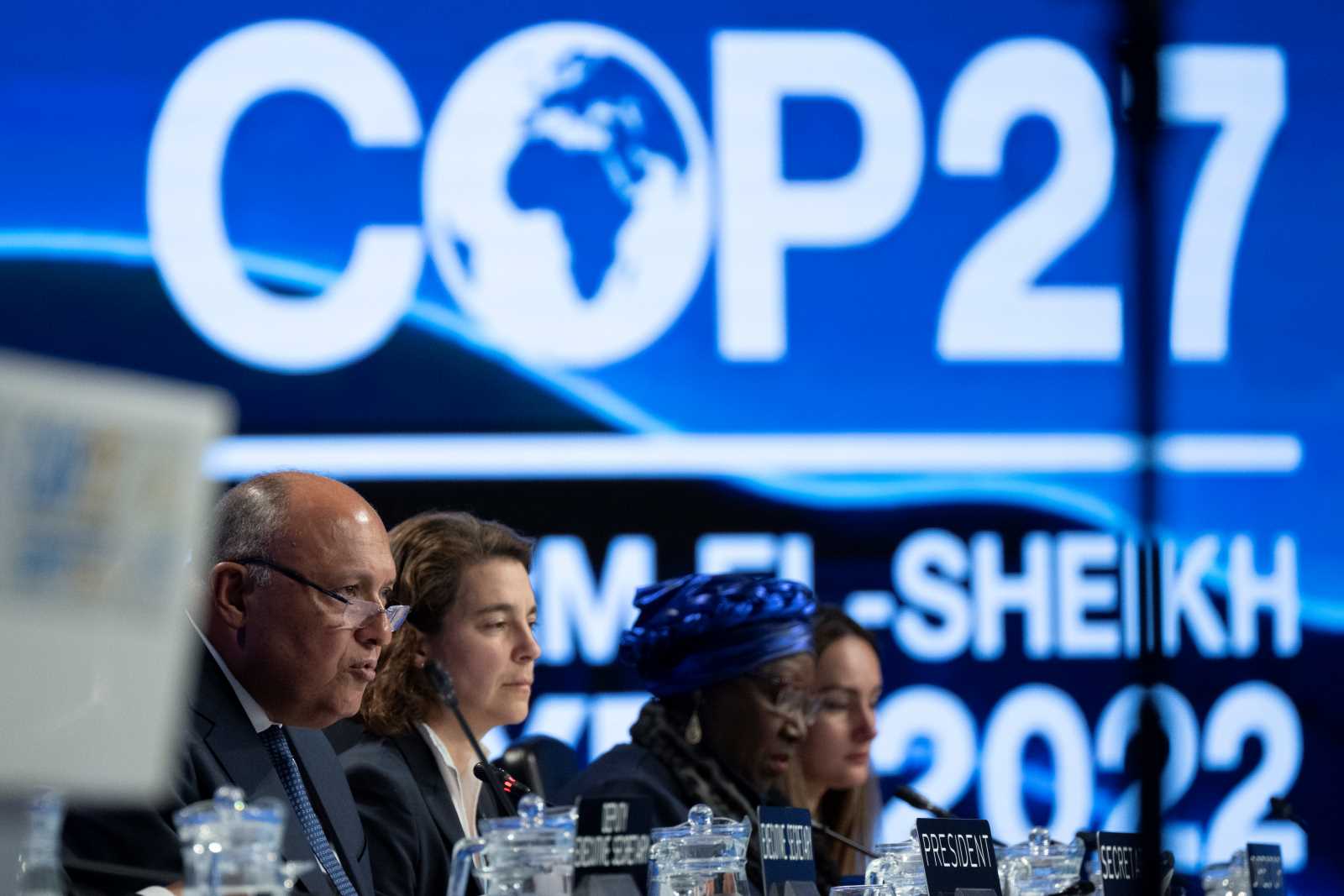Global governance
Financing development and climate goals

In the paper titled “Principles for allocating finance for development and climate goals” the authors make a case for a financing framework that aligns financial resources with global priorities. The goal is to ensure that all countries contribute to the best of their ability, regardless of their development status.
According to the authors, there is an urgent need to address three interconnected global imperatives:
- development (reducing poverty and advancing human development),
- adaptation (lessening the impact of climate change) and
- mitigation (preventing further climate change by reducing greenhouse gas emissions).
They argue that the international community needs a coordinated, strategic approach to maximise impact in an era where resources are finite and demands are escalating. They also point out that the current allocation of financial resources does not match the scale or urgency of the challenges in these three key areas. They state, for example, that some countries including the Democratic Republic of the Congo (DRC) and Ethiopia receive lower levels of ODA than their share of global poverty.
Key principles
The proposed financing framework is anchored on key principles designed to improve the effectiveness of capital deployment in development finance:
- Expand the total amount of financing. This includes additional donor funding, domestic revenue mobilisation and private capital.
- Match financing flows and instruments, including grants, loans and private capital, to their best uses. Grants and highly concessional resources should be directed towards the greatest development impact, particularly in lower-income countries where alternative financing options may be limited. Examples include primary health clinics, schools and resilient infrastructure. On the other hand, private financing or blended finance is considered more suitable for mitigation investments, especially in upper-middle and high-income countries where projects demonstrate viable revenue streams. These often include renewable energy projects, energy-efficient transportation systems and building upgrades.
- Encourage technological innovation to lower the costs associated with interventions, particularly in green technology, and to facilitate sustainable practices, ultimately decreasing the overall funding required.
- Maximise impact across the prioritised imperatives based on the potential of investments to contribute to global goals and address the most pressing needs in each country. The authors suggest assessing investment opportunities across all three imperatives, including: a) direct overlaps – investments that simultaneously address multiple imperatives; for instance, investments in climate-resilient agriculture can enhance food security, thus contributing to the imperative of development, and at the same time improve resilience to climate change, thus contributing to the imperative of adaptation; b) co-benefits – investments with a high impact on one goal but also a positive but not an equally high impact on a second goal; for example, phasing out fossil fuels, while primarily a mitigation strategy, also yields health benefits by reducing air pollution, thus contributing to development; c) tensions – potential conflicts between imperatives which require to manage trade-offs carefully. Tensions can exist between different investments at the country level, both in the short- and medium-terms. For example, the need for access to affordable energy in low-income countries might lead to increased reliance on fossil fuels, conflicting with global mitigation goals.
- Support country ownership of the priorities. Different countries have varying responsibilities and priorities. High-income and upper-middle-income countries, as major contributors to global emissions, should prioritise mitigation efforts. Conversely, low-income and lower-middle-income countries, burdened with high poverty rates, should prioritise development. However, the authors caution that a singular focus on any one imperative could have negative consequences for the others. For instance, focusing solely on economic development in low-income countries could lead to increased emissions, while an exclusive focus on mitigation in high-income countries might divert resources from crucial development and adaptation initiatives in low-income countries.
Expanding funding
The authors make several recommendations for expanding financing options and driving innovation, including:
- Reforming and increasing funding for multilateral development banks (MDBs): this entails augmenting grants and concessional loans to low-income countries, improving efficiency and speed of project implementation and securing increased donor contributions to institutions like the World Bank’s International Development Association (IDA).
- Enhancing domestic revenue mobilisation: strengthening tax systems and reducing inefficient subsidies, particularly on fossil fuels, to increase government resources for development and climate initiatives in developing countries.
- Exploring innovative funding mechanisms: developing new financial instruments, especially for adaptation, such as targeted taxes or levies for specific projects.
- Expanding risk mitigation instruments: utilising guarantees, currency hedging and political risk insurance to attract a broader range of private investors, especially in lower-income countries where perceived risks are higher.
Expanding the use of blended finance: strategically deploying public funds to attract and leverage private investments, particularly in sectors and countries where private capital mobilisation has been limited.
No details on implementation
As the world is struggling to finance competing priorities, the broad principles and recommendations spelled out in the framework are a good starting point. However, the authors do not give detailed guidance on how to implement these strategies effectively. They acknowledge that their framework is based on certain assumptions which may oversimplify complex realities. This could lead to conclusions that do not fully capture the nuances of different countries’ contexts, potentially limiting the applicability of the proposed framework.
Particularly, some points regarding how to address the political and institutional barriers that often hinder effective financing would have helped. After all, issues such as governance, corruption and political instability can significantly impact the success of financing initiatives, especially in low-income countries.
Despite these shortcomings, the paper succeeds in making a case for the need to adopt a more integrated and collaborative approach at the global level to ensure that limited financial resources are utilised where they can make the most significant impact.
Link
Bill & Melinda Gates Foundation, 2024: Principles for allocating finance for development and climate goals.
https://www.gatesfoundation.org/ideas/articles/development-climate-finance-foreword
Roli Mahajan is a journalist based in Lucknow, India.
roli.mahajan@gmail.com















